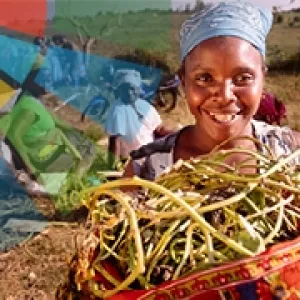CIP discussion: Agricultural innovation, the key for bridging R&D with impact at scale
BY CHRISTOPHER BUTLER The need to innovate in agriculture is more urgent than ever. The rising global population will require 60% more food by 2050. Increasing urbanization in Africa and Asia and the impacts of climate change demand we produce this food with fewer inputs. While much of the world struggles with the threat of food insecurity, the cost of

CIP discussion: Agricultural innovation, the key for bridging R&D with impact at scale
BY CHRISTOPHER BUTLER
The need to innovate in agriculture is more urgent than ever. The rising global population will require 60% more food by 2050. Increasing urbanization in Africa and Asia and the impacts of climate change demand we produce this food with fewer inputs. While much of the world struggles with the threat of food insecurity, the cost of nutritious foods in the developing world are not affordable. Meanwhile, time is running out to achieve the UN Sustainable Development Goals, as many countries are just nine harvests away from 2030.
Innovation will play a key role in transforming our food systems so that they support the SDGs, and the 2021 UN Food Systems Summit (UNFSS) aims to catalyze that transformation by spotlighting some of the most promising innovations.
Photo credit: Isabel Corthier/CIP

